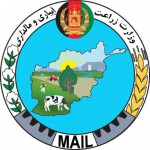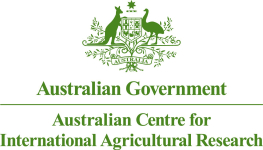The project will work in five provinces: In Balkh province (Khulm district, Sayad village) one benchmark catchment site will be established for learning and the adoption of systems using participatory approaches and methodologies. This will be a medium-size catchment (150–200 ha) to demonstrate the benefits of a range of community and farmer-based, small-scale interventions (options) to: capture snow melt, increase infiltration and reduce soil erosion; enhance water availability and its efficient use; crop and livestock system productivity; and diversifying systems and livelihoods in dryland areas of Afghanistan. The research focus in the short term will be on improving dryland cereal-based system productivity. Another smaller satellite watershed site (60 ha) will be established at Badam Bagh Research Station in Kabul.
The action points are:
1. To form a coalition of partners with MAIL (DAIL, ARIA, DLF), Solidarités, Universities and CGIAR centres working in the drylands to implement the project, and to establish a Steering Committee to oversee and coordinate the project implementation
2. To strengthen the human capacity of MAIL/ARIA in particular, and coalition partners in general, to effectively implement, monitor and evaluate cereal-based dryland systems and integrated catchment management programs
3. To understand existing cereal-based agricultural systems and livelihoods (baseline data), including the roles and needs of males and females in farming households, and the social, economic and technical contexts (constraints/opportunities) influencing adoption of dryland technologies
4. To establish catchment learning sites and social processes needed to manage and improve natural resources and livelihoods
5. To improve conservation practices in catchments and to increase the productivity and sustainability of cereal-based farming systems.










